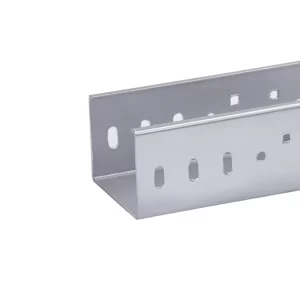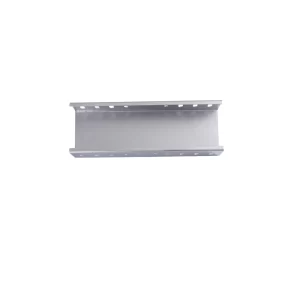A perforated cable tray is an essential component in modern cable management systems, designed to provide an organized and protected pathway for cables.

Function of Perforations
One of the primary functions of the perforations is to allow for air circulation. In environments where cables generate heat during operation, this air flow helps to dissipate the heat, preventing overheating and potential damage to the cables. This is particularly crucial in data centers, industrial facilities, and other settings where large amounts of cables are in use.
For example, in a server room filled with numerous computer systems and associated cables, the perforated cable tray ensures that the heat produced by the cables can escape, maintaining optimal operating temperatures for the equipment.
Protection Offered
The solid bottom of the perforated cable tray offers a degree of protection to the cables. It shields them from potential physical damage caused by objects falling from above or contact with debris on the floor. This protection is especially valuable in areas where there is a risk of accidental impact or where the environment is less controlled.
Suppose a manufacturing plant has overhead conveyors and moving machinery. A perforated cable tray placed on the floor can prevent cables from being crushed or damaged by any falling parts or equipment.
Organization Benefits
Perforated cable trays also contribute to cable organization. They help keep cables neatly grouped and routed, reducing the chances of tangling and making it easier to identify and access specific cables when maintenance or troubleshooting is required.
In a large office building with complex networking systems, the use of perforated cable trays simplifies cable management and makes it more efficient for technicians to handle any issues that arise.

Materials and Varieties
They come in various materials such as steel, aluminum, and fiberglass, each with its own properties and suitability for different environments. The choice of material depends on factors like the corrosive nature of the surrounding environment, load-bearing requirements, and budget.
In conclusion, perforated cable trays play a vital role in ensuring the safe, efficient, and organized management of cables in a wide range of settings, from commercial buildings to industrial complexes and beyond. Their combination of protection, ventilation, and organization makes them an indispensable part of modern infrastructure.

